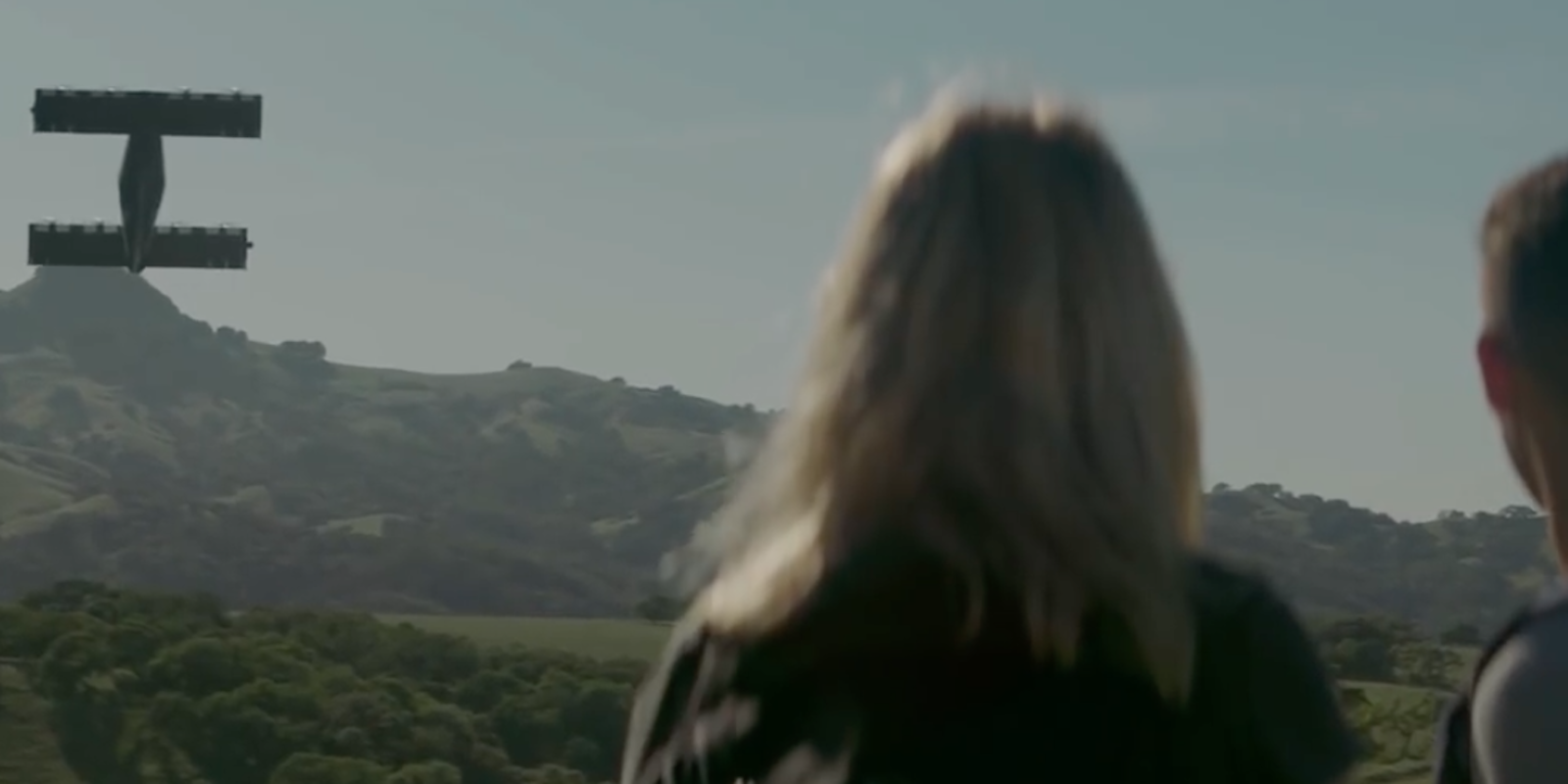Once a distant sci-fi dream, it looks like flying cars are starting to become a reality. A company called Opener is the latest to debut its take on a personal airborne vehicle—and it may not look quite how you imagined.
RenewEconomy reports that Opener just unveiled the BlackFly, an air-legal aircraft designed to fit one person and operable via joystick (no formal pilot training needed).
The all-electric vehicle is equipped with cruise control as well as takeoff and landing assistance software, and it’s capable of vertical takeoffs and landings. The contraption is about 13.5 feet long, 13.5 feet wide, and is 5 feet tall, and it fits a passenger up to 6 feet, 6 inches tall and 250 pounds.
Opener has flown the vehicle more than 12,000 miles with an onboard payload over more than 40,000 flight cycles. According to its website, the BlackFly uses less energy per mile than an electric car or a gas-powered car. Propelled by eight rotors, it’s also slightly quieter than an electric vehicle.
Opener isn’t the first to tackle the issue of personal flying cars. Last year, a company called Lillium debuted a demo of its own vertical takeoff and landing vehicle. Lillium’s interpretation looks more like a traditional airplane but with smaller wings and an egg-shaped pod for passengers.
Another company, Terrafugia, will be ready to start selling its personal flying car in 2019. Terrafugia’s flying vehicle looks exactly like a small, “street-legal” airplane. It has a range of 400 miles and can reach speeds up to 100 mph. The BlackFly’s range is much smaller, as it’s limited to 25 miles and a top speed of 62 mph in in the U.S.; internationally, it can go 4o-plus miles and 80 mph.
Terrafugia’s idea is that you’d use one of its planes to fly between small airports, then hop in a car to finish off the rest of your journey, taking some of the pain and time out of what would normally be a lengthy car ride. With vertical takeoff capabilities, Opener and Lillium theoretically wouldn’t require an airport for operation.
Uber and NASA also hope to make flying cars a reality. The two organizations signed the Space Act Agreement at The Web Summit in Portugal last November in order to develop a new system for monitoring low-altitude, self-piloting aerial vehicles. Between self-driving aerial vehicles and human-piloted ones, it’s clear we’re going to need some sort of regulations for low-flying aircraft—and soon.
H/T RenewEconomy


